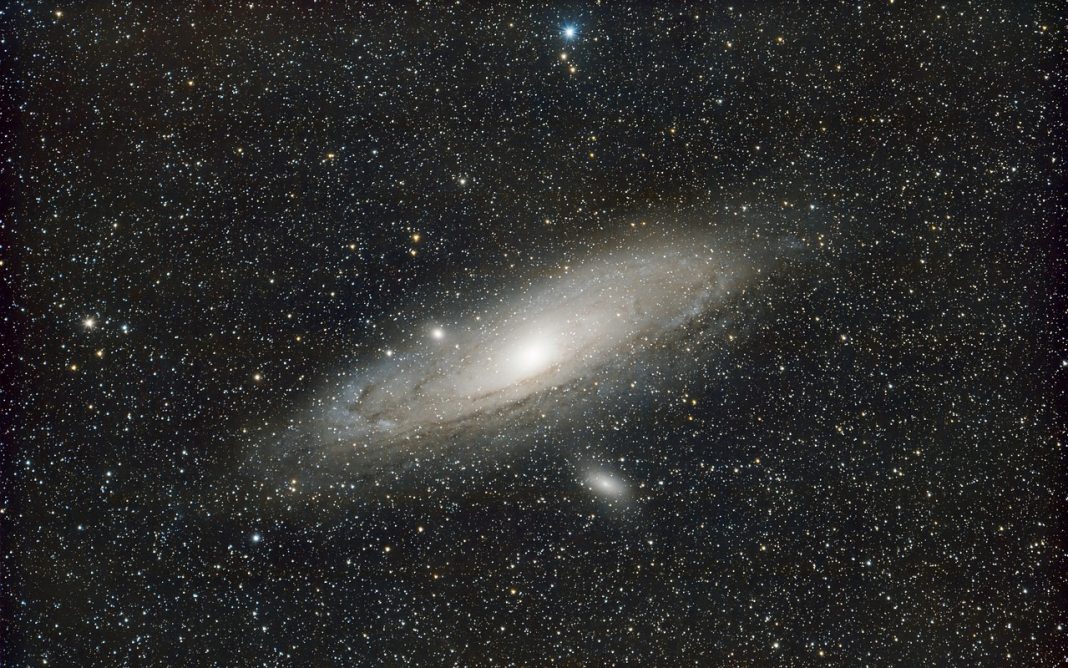Astronomers at the University of Missouri have identified 300 mysterious objects that could be among the oldest galaxies in the Universe. If confirmed, this discovery could challenge existing theories about the formation of the first stars and galaxies.
The researchers used infrared images from the James Webb Space Telescope to detect these unusual cosmic objects, which may represent some of the earliest galaxies.
“Even if only a few of these objects turn out to be ancient galaxies, it calls into question our current understanding of how the first stars and galaxies formed,” said Professor Gaojing Yan, co-author of the study.
For their analysis, the team employed the NIRCam camera and the MIRI instrument, which capture light from the most distant objects shifted into the infrared spectrum due to the expansion of the Universe. Using the dropout method, researchers identified objects that disappear in shorter wavelengths but remain visible in longer wavelengths, indicating that their light has traveled billions of years to reach Earth.
Preliminary calculations based on spectral energy distribution allowed scientists to estimate the distances, ages, and masses of these objects. Final confirmation of their status as early galaxies will come from spectroscopy—one candidate has already been confirmed. However, researchers emphasize that further studies are needed before revising current theories of cosmic evolution.




